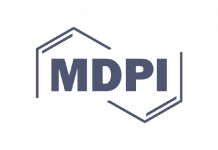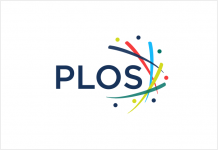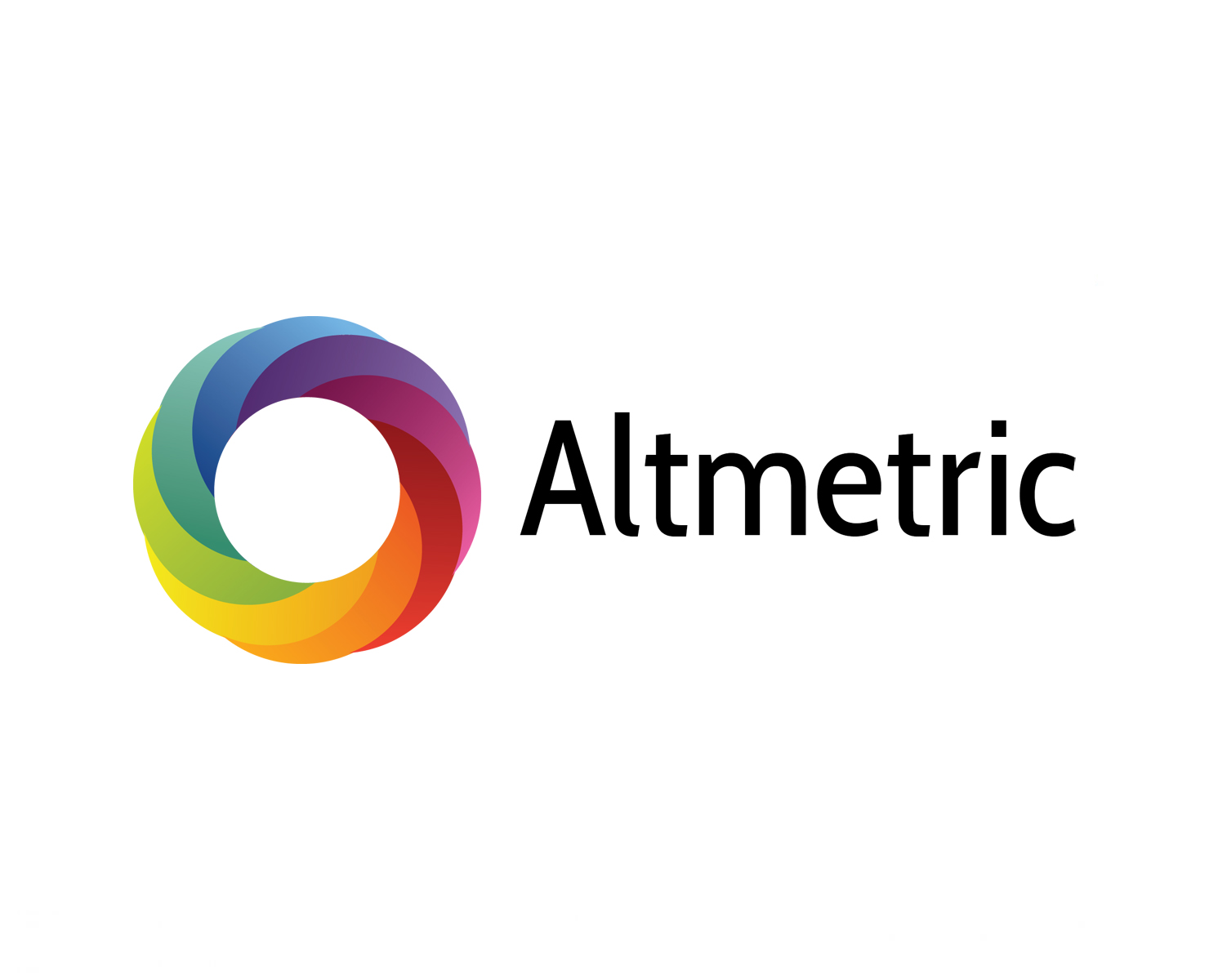
F1000Research launch a novel data plotting tool at the Neuroscience meeting in San Diego, which enables referees and readers to visualise and manipulate the raw data within the journal’s articles. This is a significant step forward in enabling data peer review, which has typically been too time consuming for most article referees to contemplate.
A condition of publishing in the Open Access life sciences journal F1000Research (http://f1000research.com/) is that authors make the data underlying their findings publicly available alongside the article. Openly sharing data is an important step in helping tackle issues around the lack of reproducibility of much published research, as well as enabling data reuse. The new data plotting tool from F1000Research enables the data in the journal’s articles to be assessed and reviewed, by letting users replot, analyse and interpret the supporting data through an instant firstpass view.
The tool can plot all numerical values in a CSV file as a scatter plot, with the options of defining the xaxis, as well as selecting whole columns or specifying particular values within individual columns. For the first time, this simple visualization of the data set allows users to determine whether there are any obvious outliers, any correlations in the data that were possibly missed by the authors, and whether the authors’ summary results (and hence their conclusions) make sense from their raw data.
Commenting on the new tool, Dr Rebecca Lawrence, Managing Director at F1000Research said: “We hope it will be particularly helpful for referees to quickly assess the underlying data and spot any obvious flaws in the data itself, or in the conclusions drawn. Readers and referees can then download their version of the data plot and share it with others.”
The tool has initially been launched in beta, and is available on two datasets from two different articles: http://f1000research.com/articles/2-150/v1#plot and http://f1000research.com/articles/1-70/v1#plot, and will shortly be rolled out across all numerical spreadsheet data published in F1000Research. In addition, the tool is currently being showcased at the Neuroscience 2013 meeting in San Diego on booth 222.
Dr Lawrence continued: “We think this is the start of a new way of thinking about articles and data, so we want to develop it so that it is as useful and flexible as possible for authors, readers and reviewers. With that in mind, we are keen to obtain feedback from the scientific community on the most useful additional features that they would like to see.” Any feedback can be left on the related blog post: http://blog.f1000research.com/2013/11/11/data-plotting/.

























